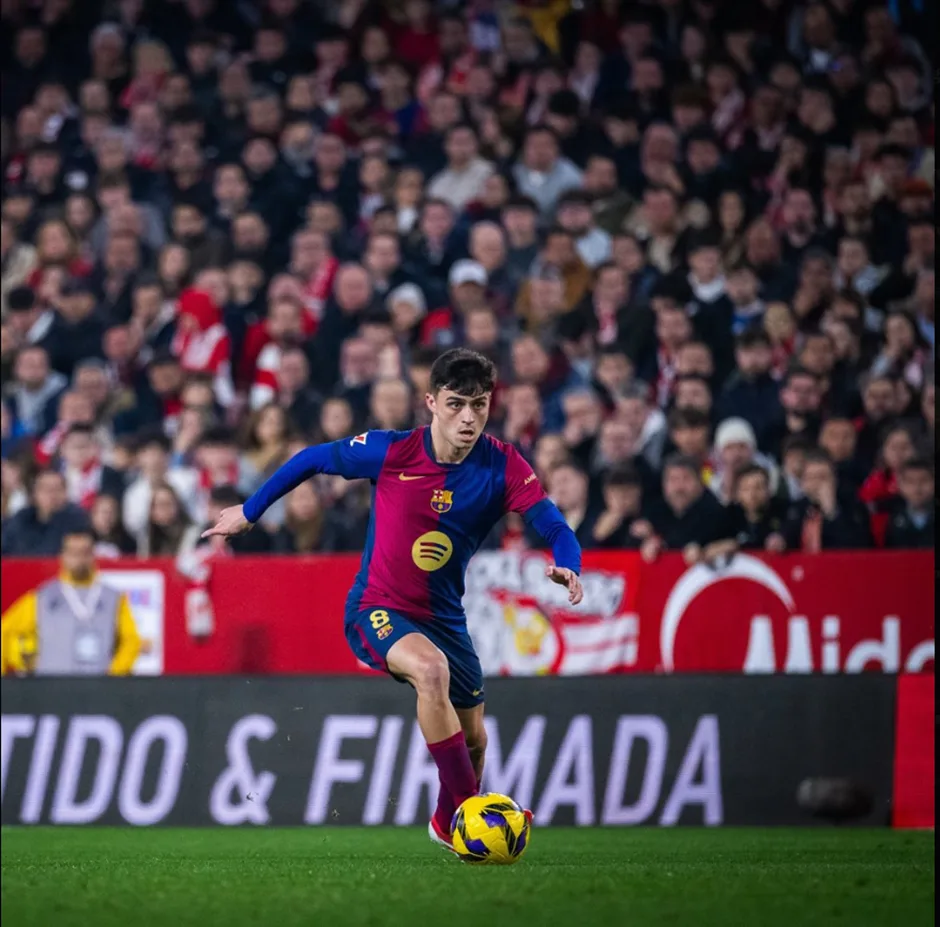

41 goals in 11 games. The Barça of Jan-Feb 2025 has been one of the most enjoyable iterations of the team over the last decade, and it wouldn’t be far fetched to say that the last time the club had an attack that posed as much threat to the opposition was during the MSN era. Post Neymar’s ill-fated move to PSG, the Bartomeu board’s disastrous transfer policy led the club to go on one of the worst transfer sprees of all time, culminating in this over 100-year-old institution being forced to let go of it’s greatest ever player on a free transfer and the following season, field a nightmare inducing front line that included Sergino Dest and Martin Braithwaite. We’ve come a long way from those dark days, and I can now for the first time in nearly a decade say that Barça is a genuine contender for the best team in world football.
The game at the Sanchez Pizjuan ended up being a comfortable 4-1 win, which following Fermin Lopez’s red card with nearly thirty minutes left to play, looked a distant proposition. The win cut Real Madrid’s lead at the top of the table to two points, following the 1-1 draw in the Madrid derby. While Barça currently stand third in the table, you would be hard-pressed to argue that they haven’t been the best team in the league by a good margin. These thoughts were echoed by Diego Simeone himself, who’s Atleti side still lead Barça by a point.
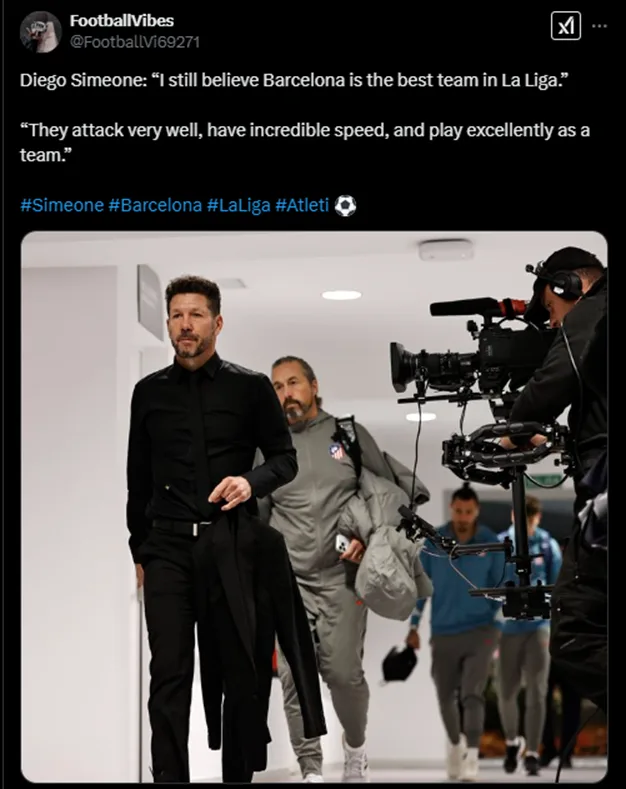
The second half performance was one of Barça’s best in recent times, considering their reaction to the red card. Flick’s team rarely looked to be in any danger of conceding despite being down a man, and minutes 45-60 were some of our best football all season. There were a number of notable performances, and I wanted to dedicate some words to a few of the players.
Pedri Gonzalez:
This is the best midfielder in the world. Bar question. The greatest compliment I could pay Pedri is that when he gets the ball, there’s a sense of calmness that I feel, secure in the knowledge that he’s almost certainly going to make the best possible decision. He’s not going to lose the ball. Give it to him in surrounded by three players, close to the touchline, and I’d still back him. This is a trait that I’ve only witnessed in the absolute greats of the game; Pedri will unquestionable join that revered pantheon when he hangs up his boots.
For all the debate that existed in the summer during the Euros about Pedri’s best position, that shouldn’t be a point of discussion anymore. Pedri has no one best position. This is the kind of player would you give the keys to the midfield; the easiest player to coach purely because he really doesn’t require any instructions. Talents of this magnitude, you place no constraints on. Pedri plays the game by feel, as if he were playing on the streets with players a few years younger. He’s part of a dying breed of midfielders who have the ability to play the game at both a languid pace and at breakneck speed. In other words, Pedri is the ultimate controller in the game.
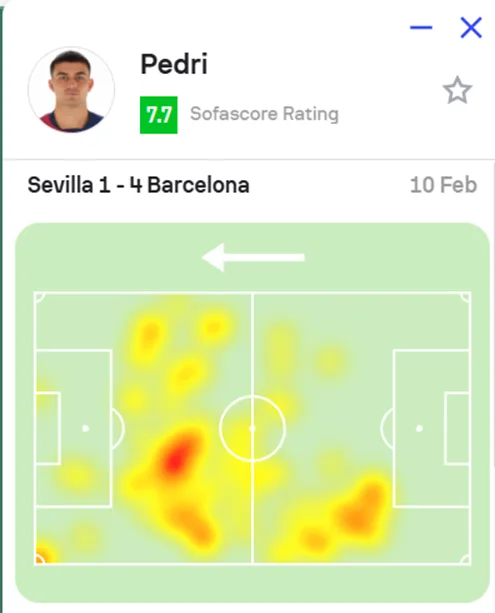
Against Sevilla, Pedri was nigh on untouchable. The pass for Fermin’s goal was a thing of beauty, reminiscent of Andrea Pirlo’s gorgeous, floated diagonals. It’s about time the team started finishing at least a few of the innumerable chances Pedri creates. In a just world, Pedri gets you at least fifteen assists a season, maybe even twenty. However, even if he ends up with single digit goal contributions in a season, he’d still be the best midfielder in the world; he’s a one of one.
Something else which goes unnoticed in Pedri’s game is his defensive contribution. He has the uncanny ability to time a tackle perfectly by nicking the ball way at the last second. He also blocks more passes and shots than some of the most well-rounded midfielders out there.
So in essence, with Pedri, you get an exceptional controller, someone who’s very dangerous in the half spaces, contributes massively defensively, and dribbles his way out of pressure with a grace few possess. All this with a way of looking at football that is perfectly in harmony with the Barça style of play. We are truly blessed to have this genius at the club. A worthy heir to Andres’ number 8.

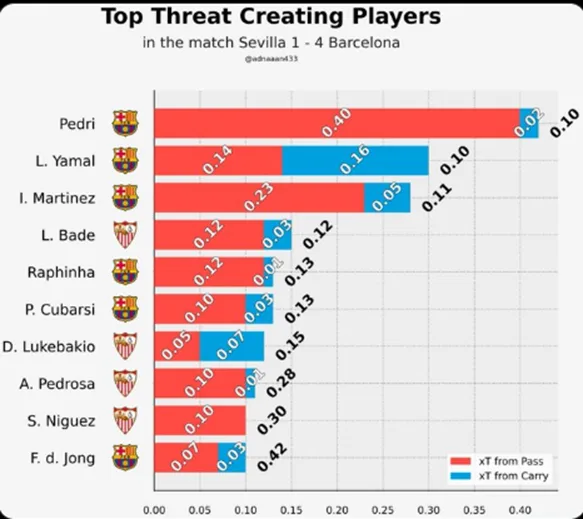
Pau Cubarsi:
Along with Virgil Van Dijk, Pau Cubarsi has been one of the best CBs in the world this season. And when it comes to ball playing, he’s the undisputed best. He really is, at 18 years of age. It is preposterous to be this good of a defender at this age. Defenders mature later than most (excluding goalkeepers), with it taking years and years of unconscious pattern recognition to shut down attacks at the elite level consistently. Don’t let the passing and line breaking balls from Cubarsi hide the fact that the kid’s defensive fundamentals are also at an elite level. Again, I’ll say that he invokes a sense of calm that only the greats give you. This goes for both when’s he on and off the ball; he’s about as complete as they come.
Flick’s Barça relies heavily on first line progression from the back, with the CB’s being tasked with line-breaking duties. Araujo, for all of his defensive attributes, is never going to be the best at this, it’s just not his game. Luckily for Flick, he has a generational ball playing centre back tailor made for the role.
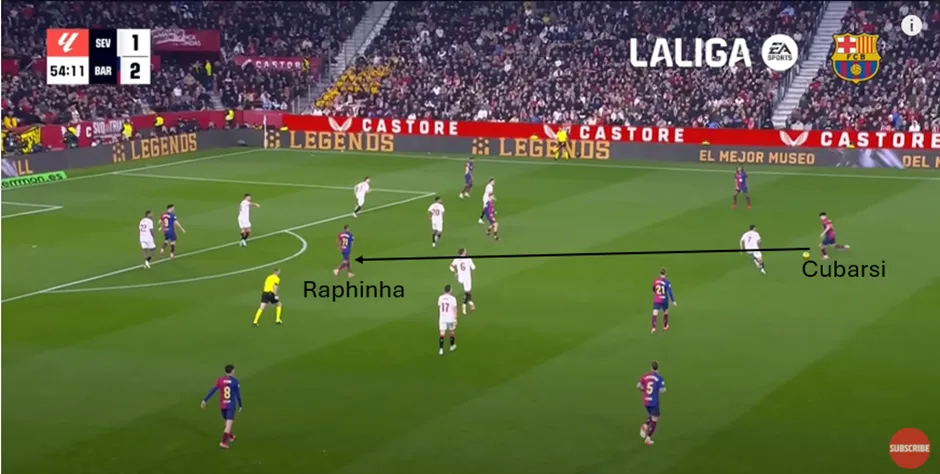
Raphinha:
I was wrong about Raphinha. Very, very wrong. I wanted him out of the club in the summer. To me, there was no way Raphinha could be a starter for a Barça that would compete for the league and Champions League consistently. The legacy of wingers at Barça could be continued on for an extended period of time by a player like this.
While there were signs of the player he could become once Xavi started playing him more centrally, Raphinha’s career at Barça up to that point had largely been underwhelming. Raphinha is a player who has a quite limited capacity to dribble from stationary scenarios, something which any winger that plays close to the touchline would face. And in Xavi’s Barça, the right winger had to have chalk on his boots for a fair amount of the game, meaning that Dembele was always going to be more suited for that role. So Raphinha had to adjust his game to being able to play on the left more. This meant that while he could drift into the half-spaces more frequently, it was all done in a game model that was largely positional, in static play. None of this played to Raphinha’s strengths; on the contrary, it highlighted all his shortcomings. The 1-0 loss to Inter away in the Champions League highlighted Raph’s limitations, as being played with this sort of role asked of him too many things that go against his natural game.
So what is Raphinha’s game? It’s a game that thrives in moments of chaos, in transition. With Flick’s game model prioritising faster ball progression from the midfield to the attack, Raphinha is now allowed to play in a manner that is not as cerebral. He is now tasked with attacking depth more than anything else, and this aligns with his best attribute: his relentlessness. Raphinha is the world’s best player at making repeated runs behind the backline, all extremely well timed (his curved runs in behind are a thing of beauty) and his ability to execute difficult actions at a high speed (the goal off Lamine’s pass against Bayern comes to mind) make him invaluable in those moments.
Against Sevilla, what was most impressive to me about Raphinha’s game was not his Neymar-esque touch to bring down a long ball, nor was it his goal (which had tremendous merit to it in it’s own right). It was his defensive performance once the team was down to ten.
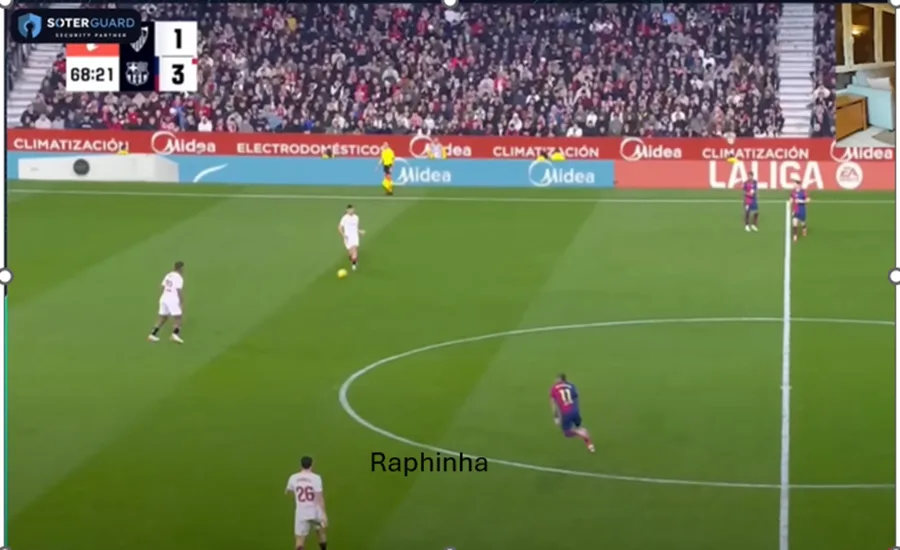
In the image above, Sevilla have a 3 vs 1 in buildup after Barça go a man down. In a scenario like this, You would expect any player to prioritize protecting the areas close to goal and defend in a deeper position, in a more passive manner. Specially when the team is 3-1 up with close to 20 minutes to go.
However, Raphinha decides to press like a maniac, relentlessly chasing down the ball as it goes across the backline. This encourages Lewandowski and the rest of the team to follow suit, and seven seconds later, Barça have managed to corner Sevilla against the touchline.
Those extra one to two seconds that the team gains is absolutely vital in bringing the team higher up the pitch, in a manner that allows them to be more compact. It may seem minor, but it’s the smaller details like this that go a long way in making the team harder to break down, specially playing with a man less.
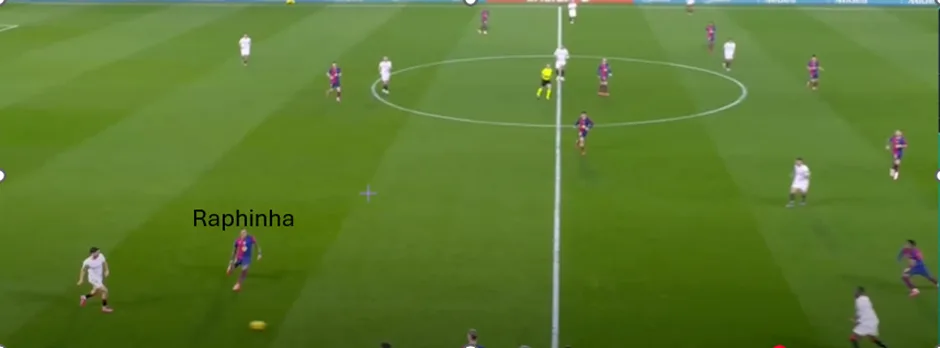
A few words about some of the other players in the squad:
Alejandro Balde:
The improvement is Balde’s game in 2025 has been massive. He now plays with far more rationality, and his presence in the middle and final thirds has come up leaps and bounds. A huge reason behind Raphinha being allowed to drift all over the place, as he has the physical stamina to man the entire flank almost single handedly. Once we pair him up with a world class winger in the 1v1 duel, this team’ attacking potential goes up a notch.
Frenkie De Jong:
For years, Frenkie has played in a very dysfunctional Barça. He’s spent the best years of his career playing in a team that hasn’t given him the best platform. Up until this season, we’ve given him no proper left winger to play with, which is crucial considering that this is a player who loves to collect the ball in the space right ahead of the left center back. One of Frenkie’s shortcomings is his lack of creative impact in the final third, which makes pairing him with a creative left flank all the more imperative. Considering that it’s only now that Balde has taken the next step in his attacking game, the club hasn’t really provided Frenkie with the tools to optimize his contribution to the team.
Of course, Frenkie isn’t perfect by any means; he’s also partially to blame. However, we seem to easily forget just how good a fully fit Frenkie is (He’s also just come back from a recurring ankle injury. Anyone who’s dealt with a problematic ankle knows that it takes a good run of games to feel comfortable with it). While Casado has been a revelation so far and will almost certainly be an important squad member for the next few years, Frenkie’s natural talent is a level higher, and it was only going to be a matter of time before he became first choice again.
Final thoughts:
Barça are now firmly back in the La Liga title race, are in the semi finals of the Copa, and have just finished second overall in the Champions League, meaning that they get to have a full week of rest in mid-February (unthinkable really) while league leaders Real Madrid face Manchester City twice in the span of eight days. The team is playing it’s best football overall since the MSN days and is filled with kids from La Masia. We have three players with very credible shouts for the next Ballon D’or in Pedri, Lamine and Raphinha.
2025 has been kind to us so far, long may it continue.

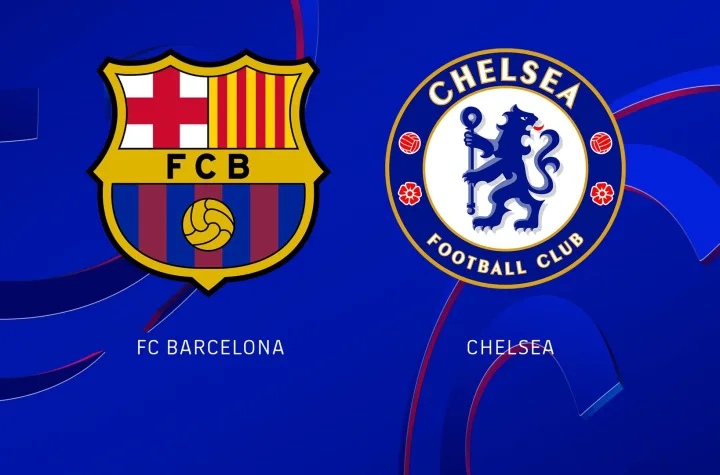
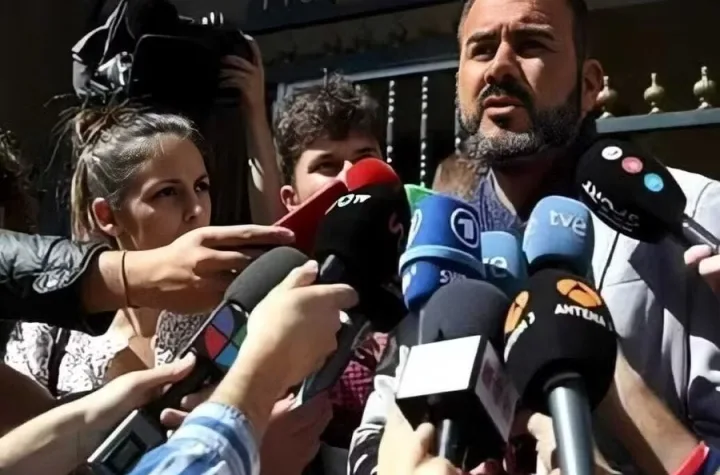
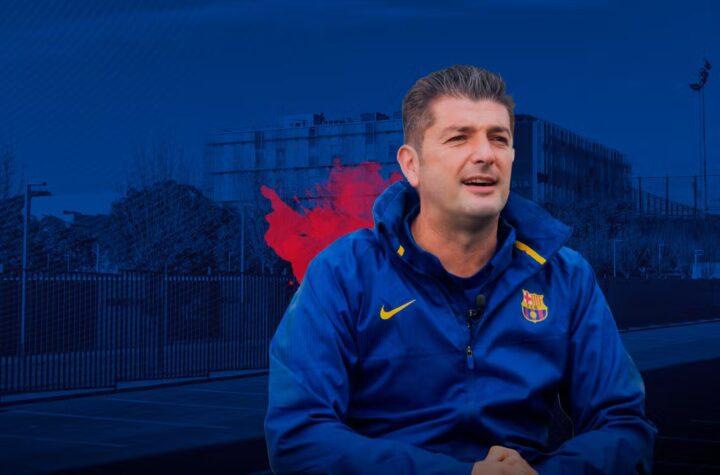
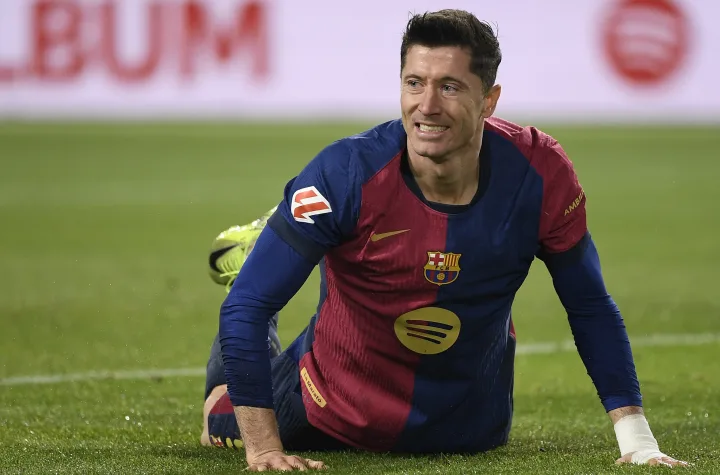
More articles
Clash of Titans: FC Barcelona Femení faces Chelsea FCW again in the Champions League.
Miguel Galán: “Tebas actions with Barça have bad faith bordering on an alleged crime of administrative prevarication”
Franc Artiga: “They’re hiring me because I’ve been at Barça for many years”